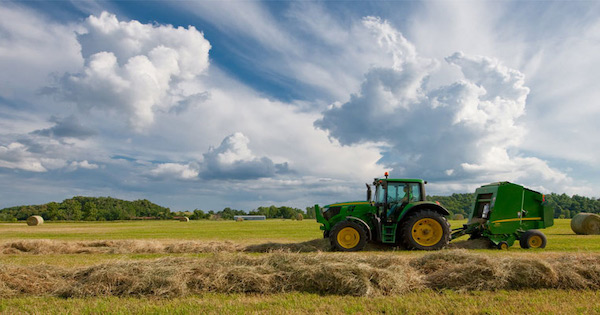Managing hay supply this season will be critical, as hay yields are likely to be low due to drought. A report from Michigan State University’s Forages extension indicates first-cut yields for hay have been lower this season, and second cuttings in July may also be short.
This spells concern for hay buyers — who may need what MSU calls a “back-to-basics” approach to hay efficiency and a few reminders about the challenges drought conditions can bring to hay supply.
The first reminder is about hay quality. Drought can cause a decrease in nutrient mobility and microbial activity that are necessary for healthy hay harvests and subsequent cuttings. Sourcing poor-quality hay damages crops and can be fatal to livestock, so due diligence during buying is necessary. Some “back-to-basics” best practices include asking suppliers for a forage analysis as well as specialized soil nitrate testing to ensure quality.
Second, remember some key principles when estimating hay needs and bale weights. Weight should always be a determining factor in a purchase, whether by the ton or the bale. Bales' density, weight and size can vary, so properly assessing what’s available from different suppliers is critical.
Finally, keeping a close eye on the markets and current prices is important, especially with drought causing volatility and unpredictability among hay yields. The National Agricultural Statistics Service is a good place to start, but many other resources are also available.
A dry season is an important reminder that even annual routines like hay supply can become complex and challenging. As you keep a close eye on your hay efficiency this season, John Deere can help you find a dealer for equipment that’s up to the task.
